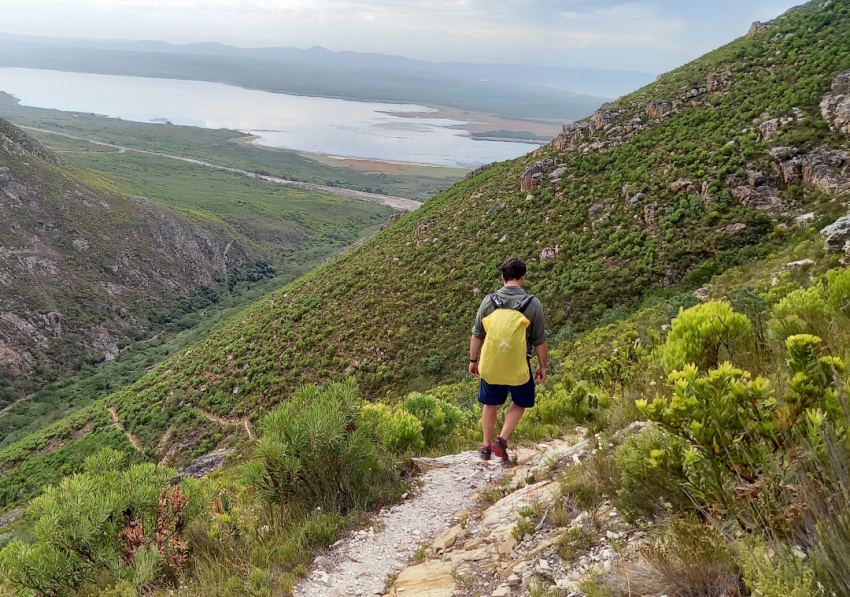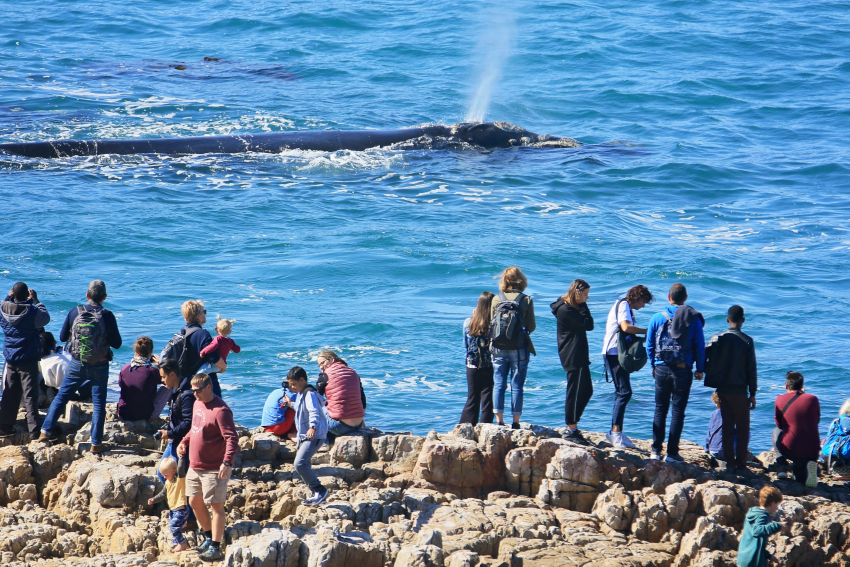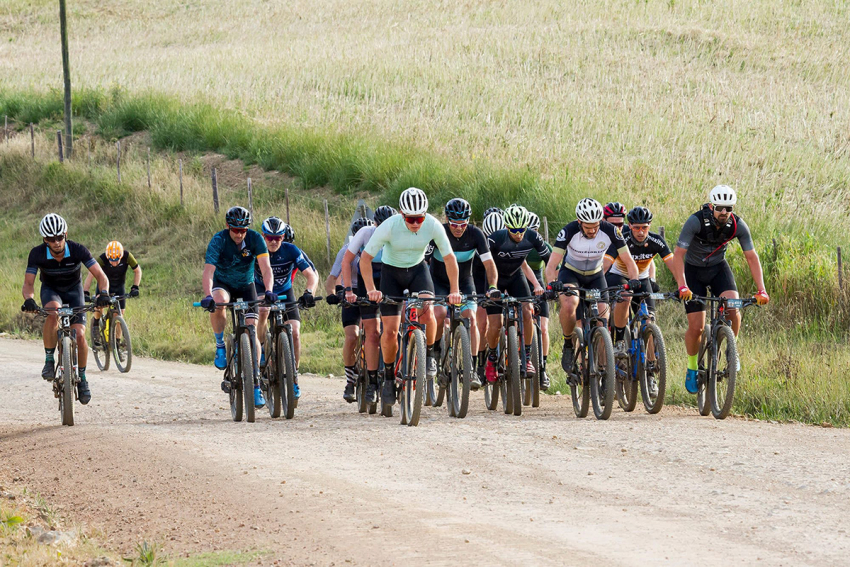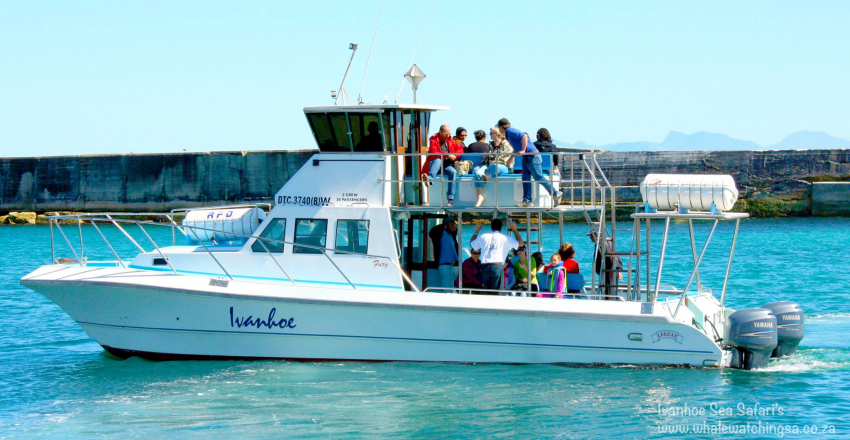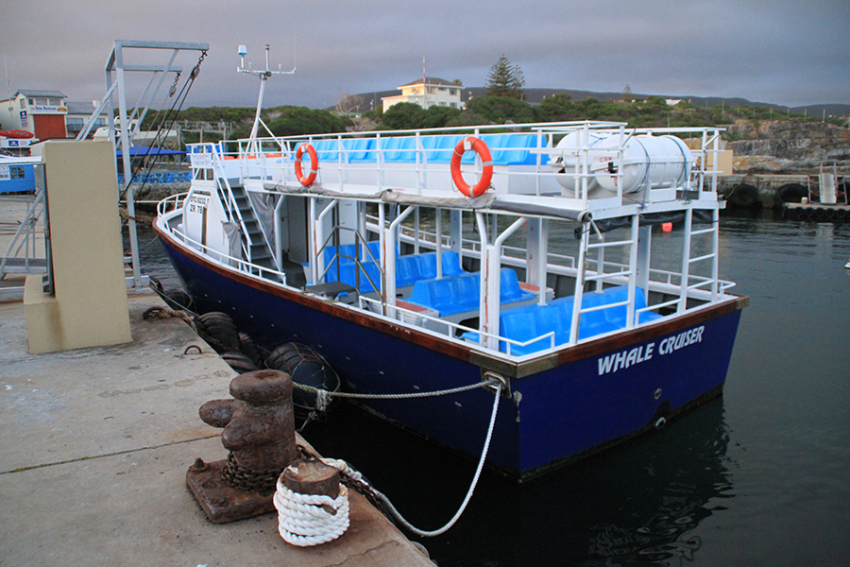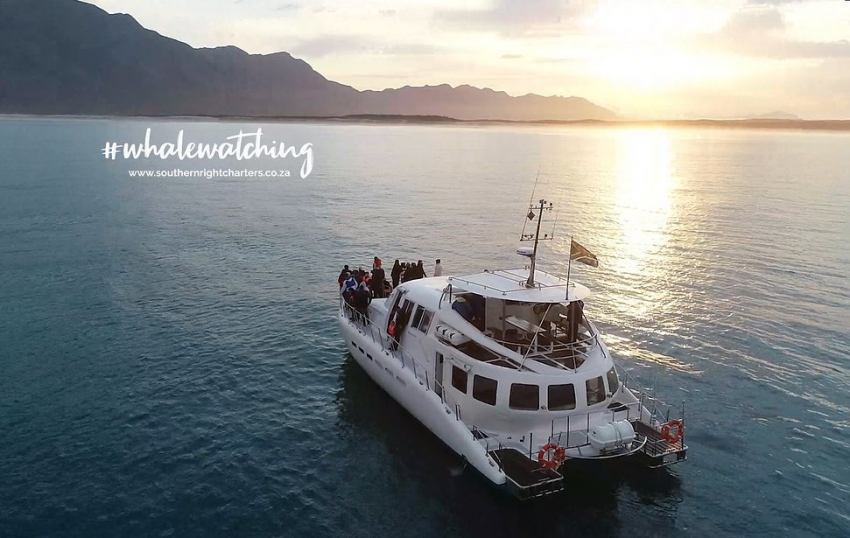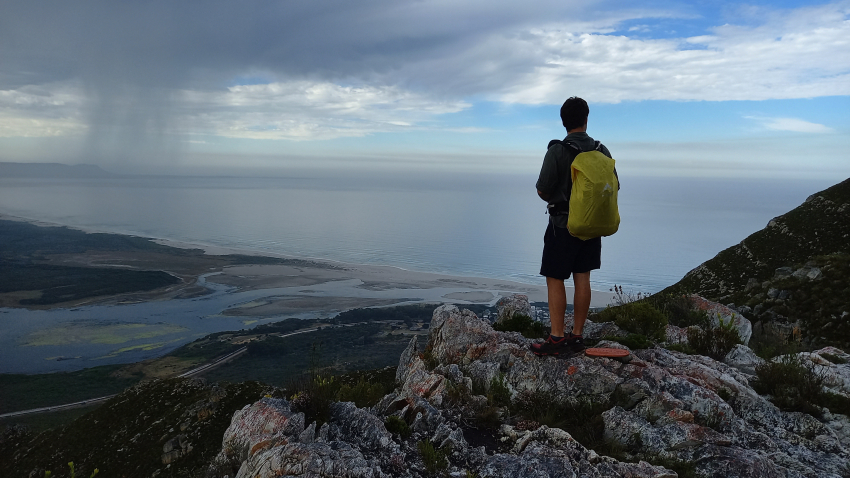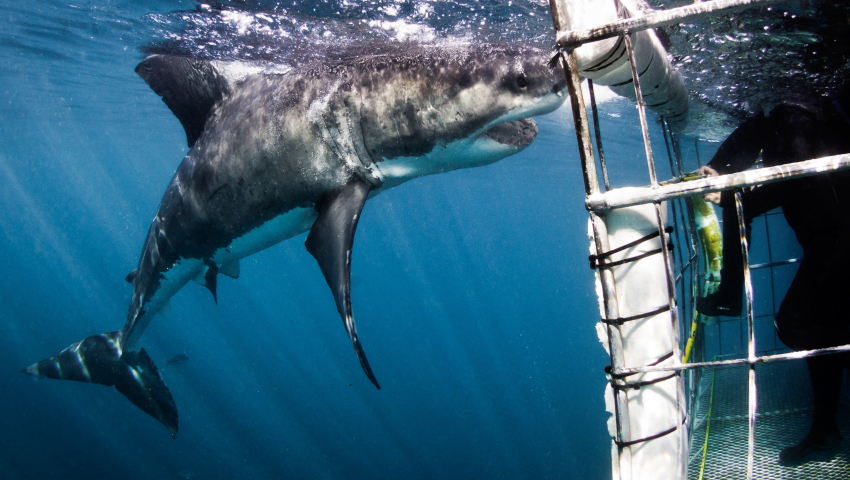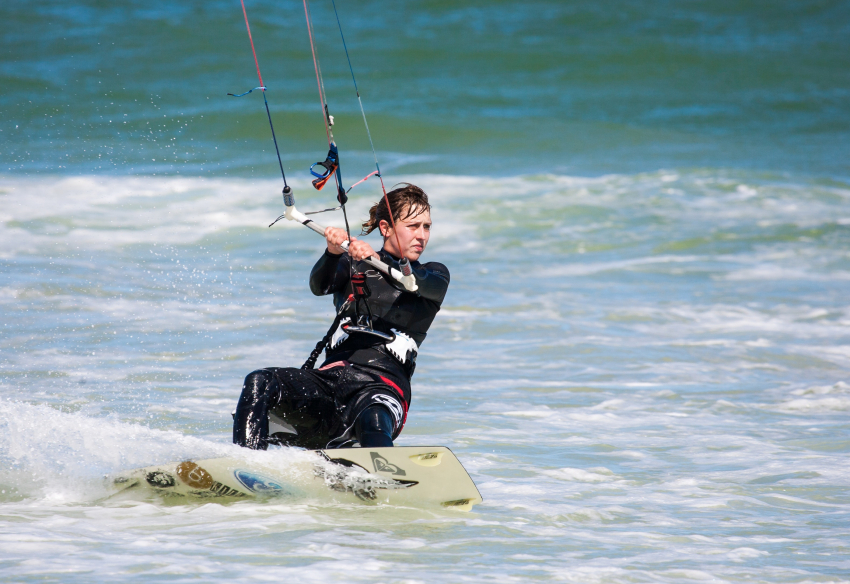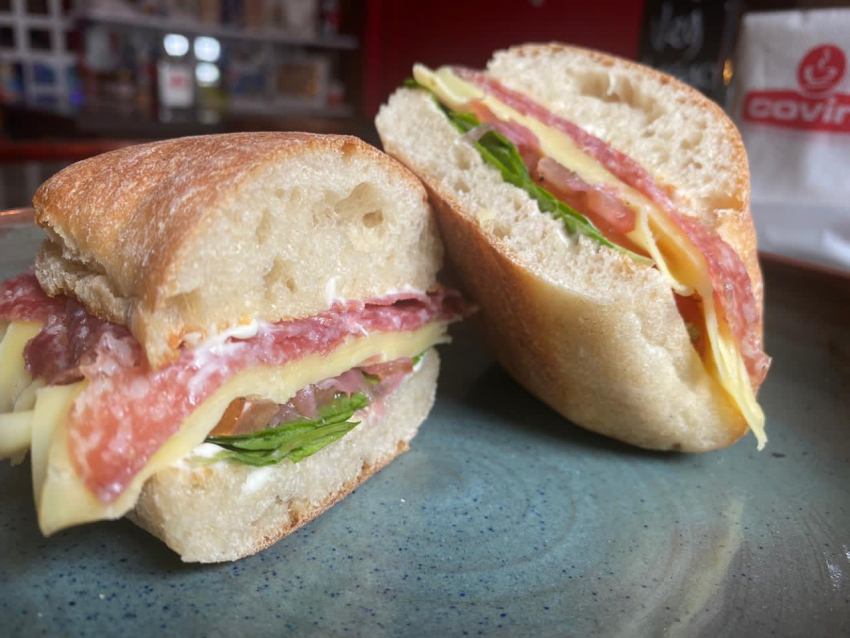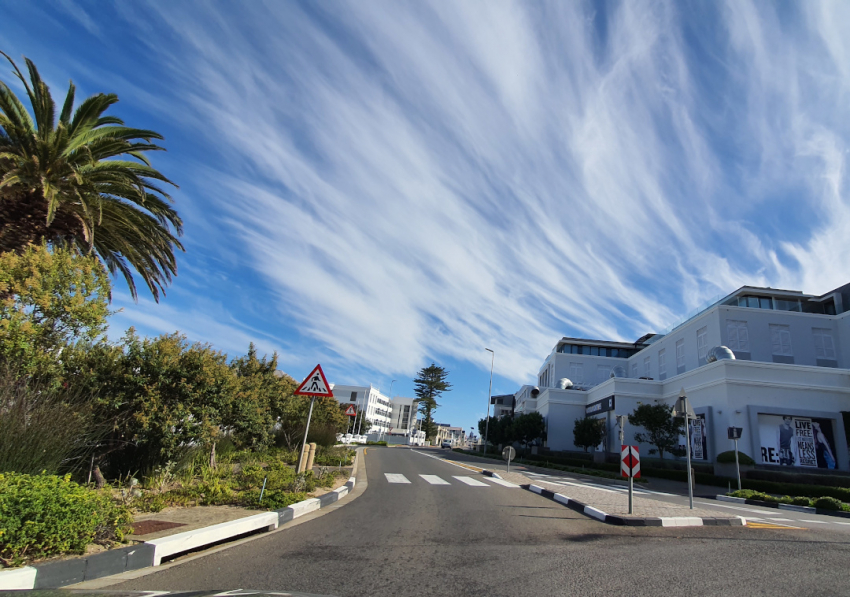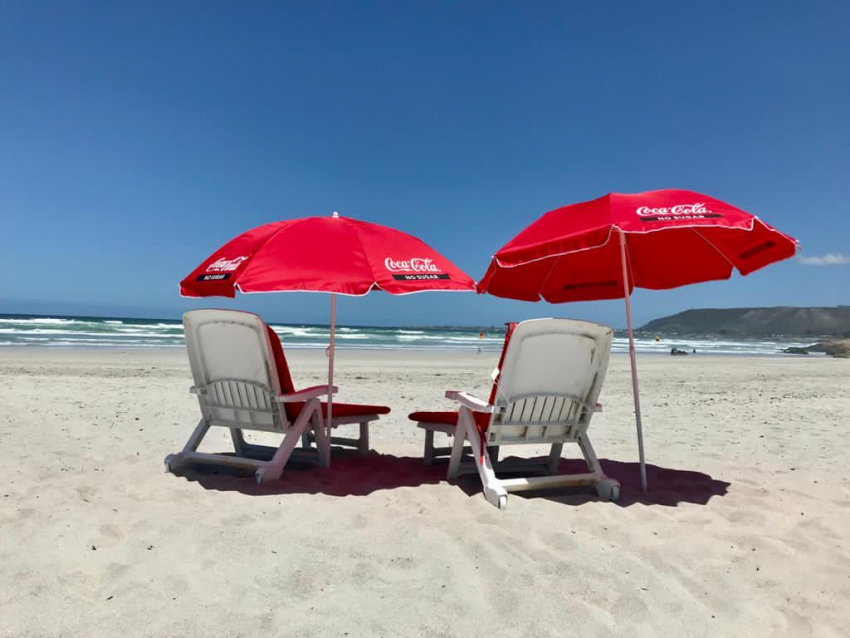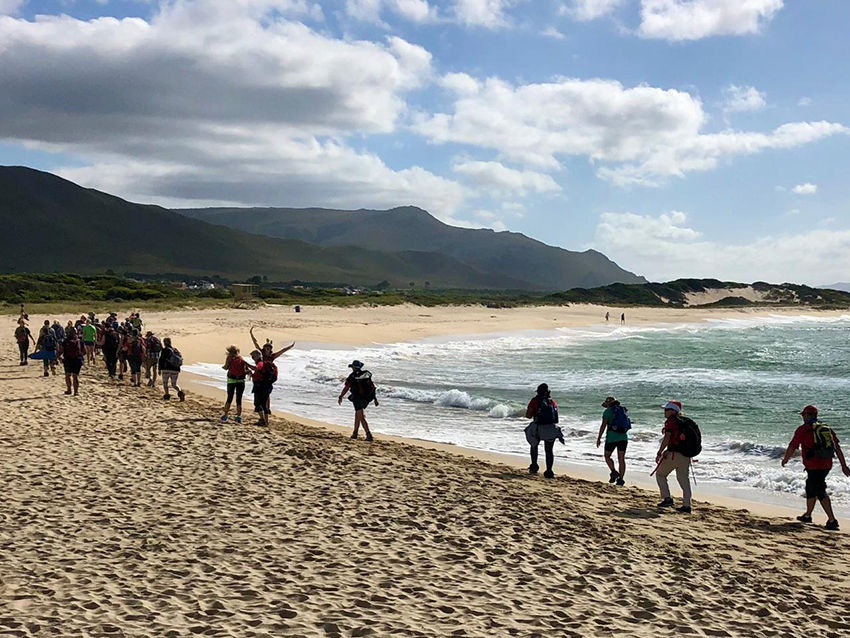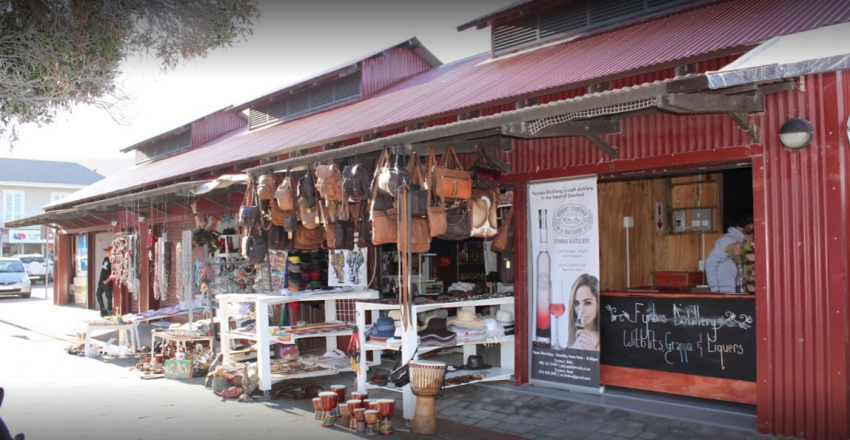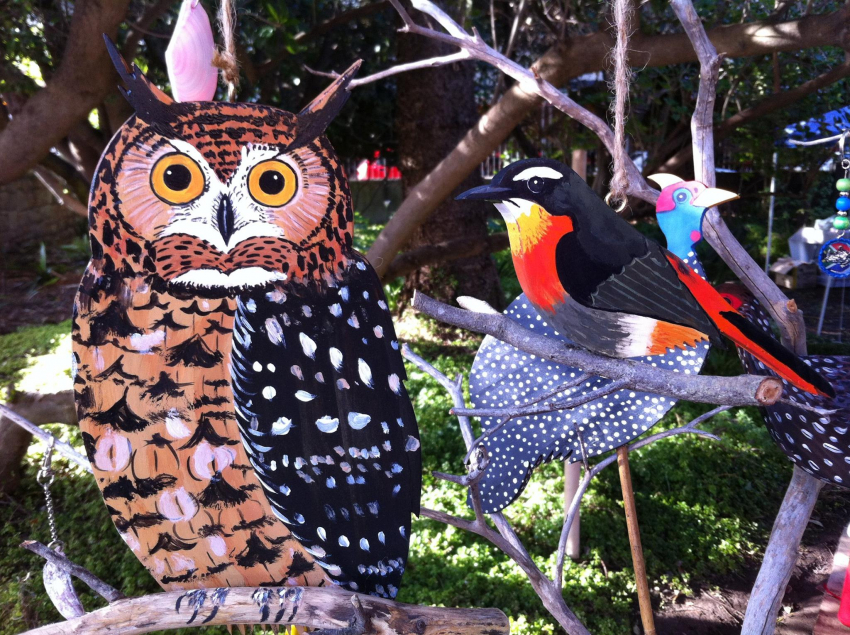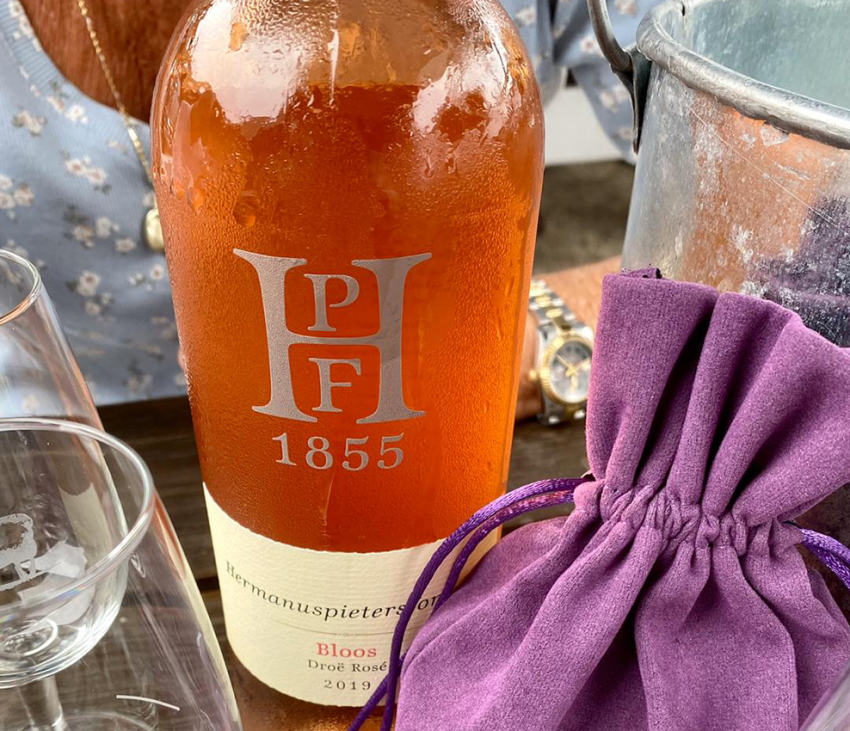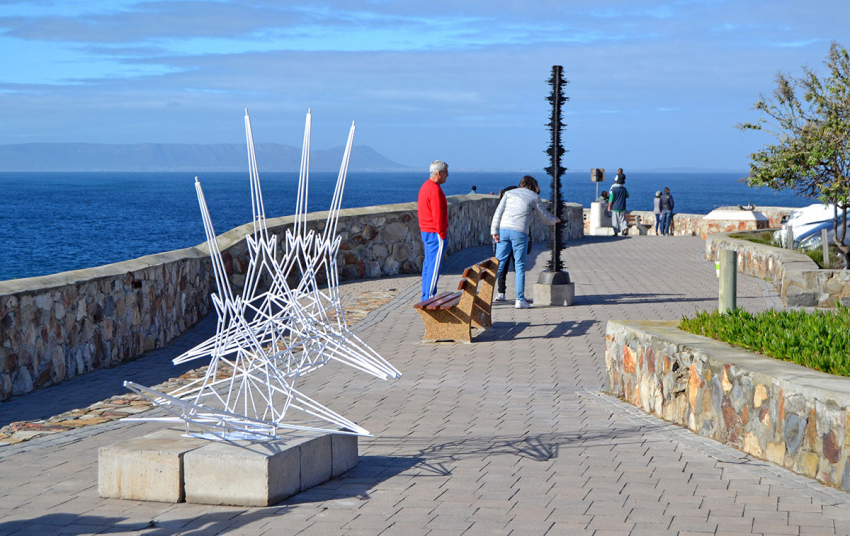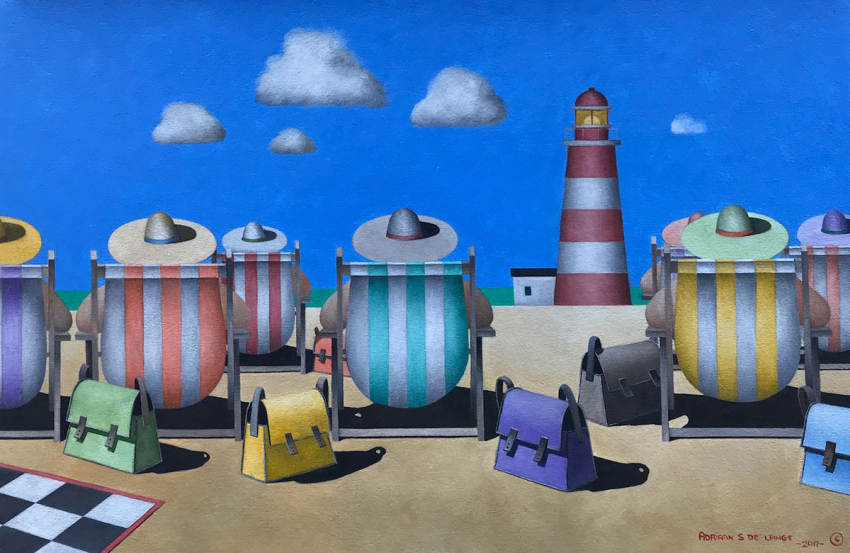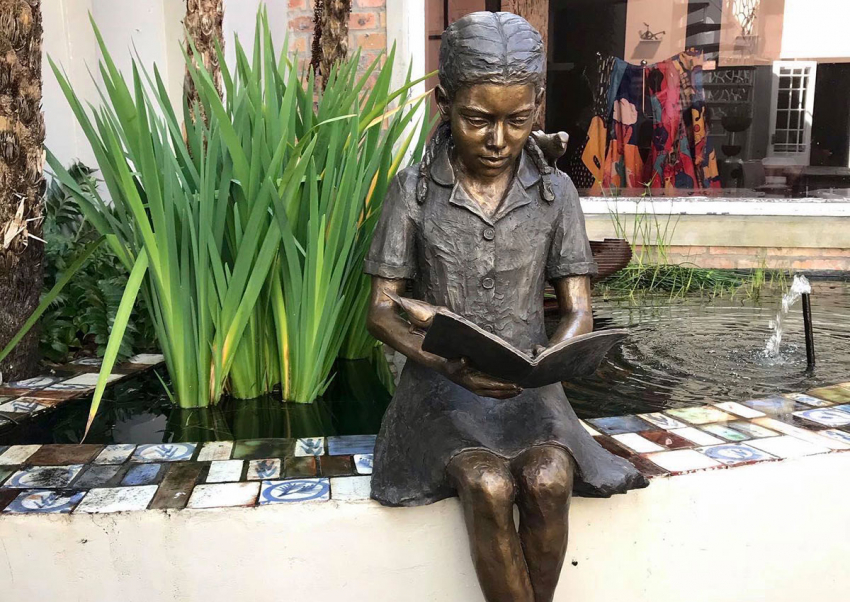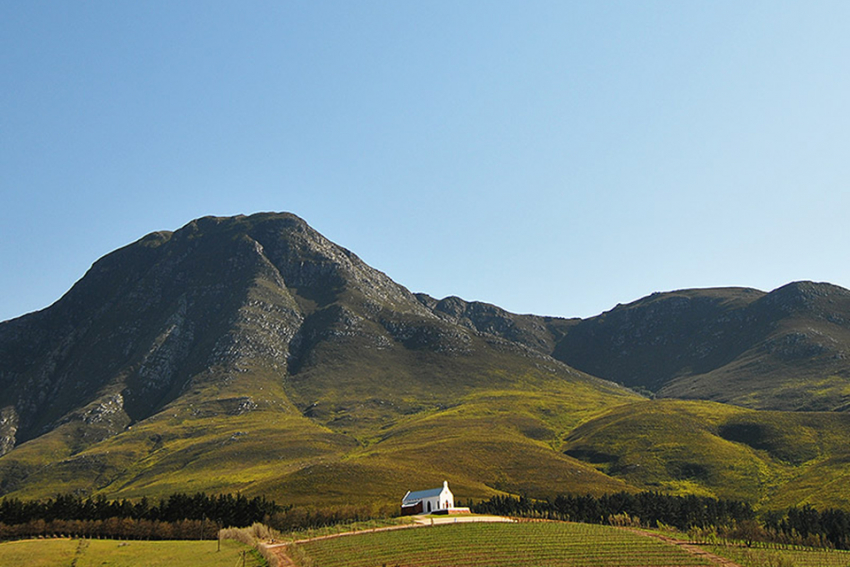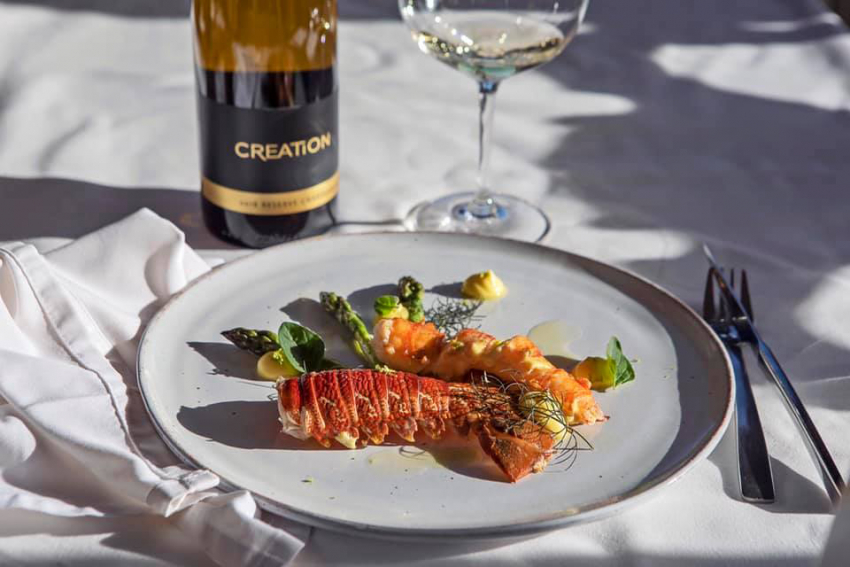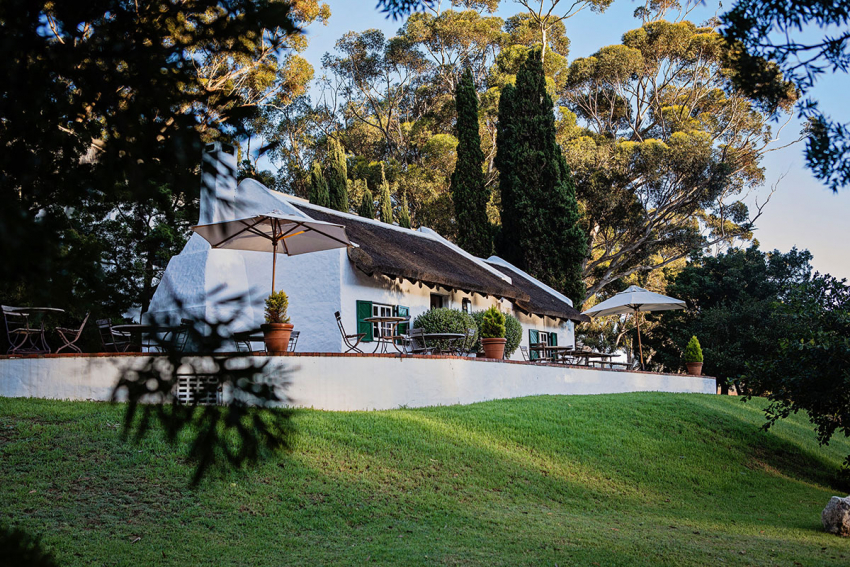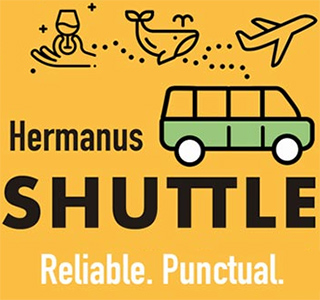Please Note: Driving on the beach is strictly prohibited.
Walker Bay Nature Reserve lies on the south-western Cape coast, just east of Hermanus. The reserve comprises five coastal areas lying between Hermanus and Die Dam near Struisbaai. The largest area, known as Walker Bay, stretches from the Klein River estuary to De Kelders at Gansbaai. This section is about 1 000ha in size and has a coastline of 17km featuring a long beach, known as Die Plaat, with white sands and rocky limestone outcrops to the east. Immediately north-west of the reserve lies the scenic Klein River lagoon which, at times, flows into the sea. The northern parts of the reserve consist of stabilised dunefields.
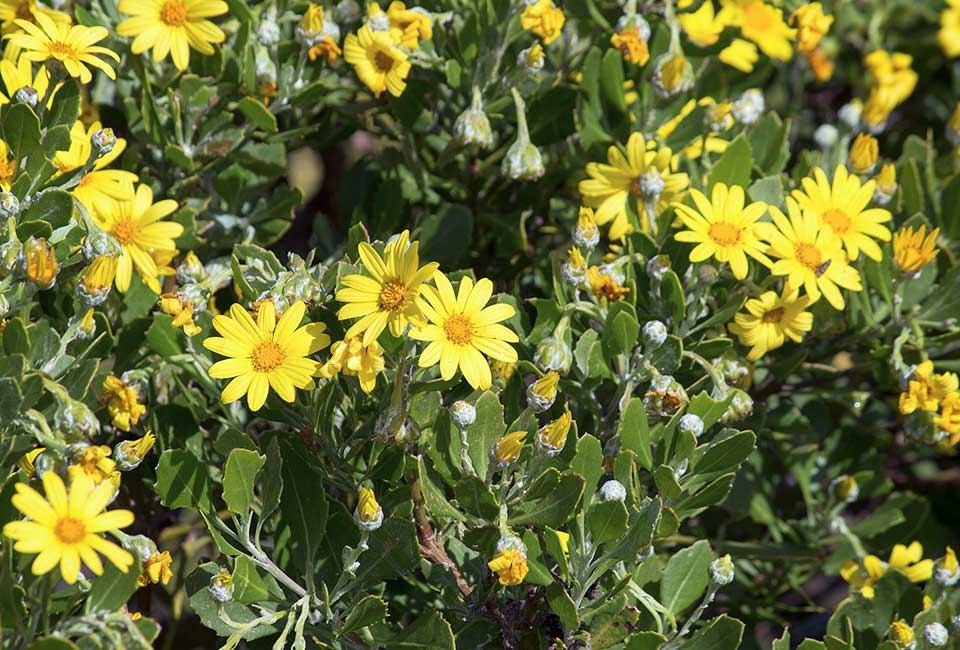 |
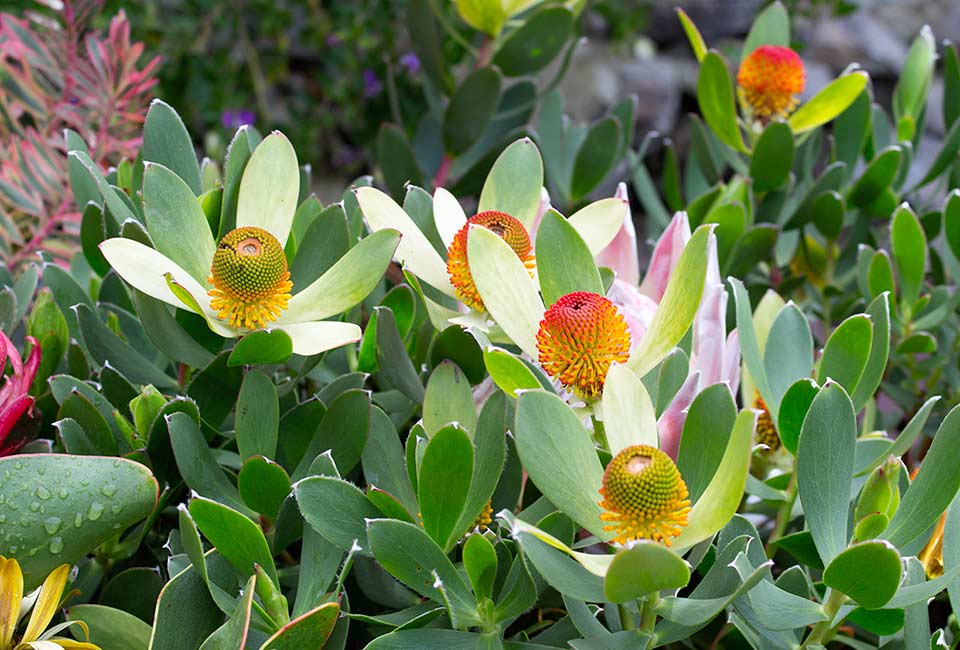 |
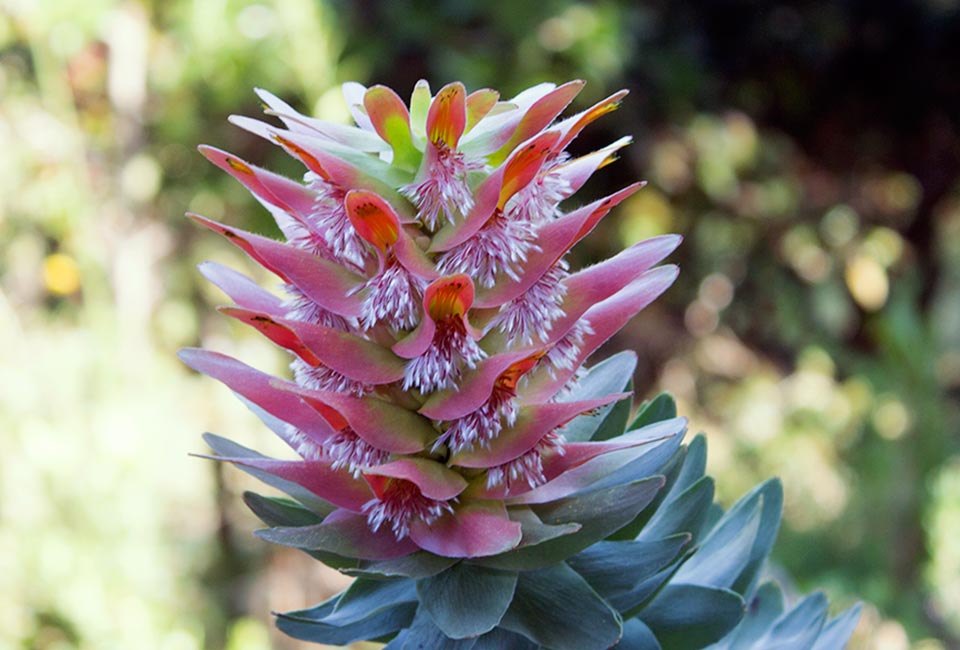 |
History
There are significant records of Middle Stone Age people (from about 85 000 to 65 000 years ago) occupying the Klipgat Cave in the eastern section of the reserve. There is also evidence that during the Late Stone Age (about 2 000 years ago), Khoisan people inhabited this site and lived off the plants, fish, shellfish and game in the area.
Climate
The reserve lies within the Mediterranean climatic zone, with mild wet winters and hot dry summers. Coastal winds are common at all times. The sea temperatures are fairly low for most of the year.
Vegetation
Lowland coastal fynbos, also known as strandveld, is the main type of vegetation and is characterised by species such as bietou, blombos, sour fig and waxberry. Parts of the dunefields were stabilize,d from the early 1900s until the 1980s, using alien rooikrans and Port Jackson. These species are invasive and, together with uncontrolled coastal development, pose a threat to the indigenous strandveld. Dense thickets of old milkwoods occur along the banks of the Klein River lagoon.
Animals
Most of the mammals found in the reserve are shy, although the tracks of Cape clawless otter, bushbuck, duiker, grysbok and steenbok are occasionally spotted. Off-shore, southern right whales occur from about August to November, while Bryde’s and humpback whales, and various dolphin species occur throughout the year. Marine fish include the sought-after galjoen, kabeljou and steenbras, which may be caught at Galjoenbank, Sopiesklip, Skeurbank and other fishing sites.
The reserve hosts numerous species of seabirds, including the striking African black oystercatcher. This species is threatened by coastal recreational activities as it breeds on beaches during the summer.
Recreation
Visitors can enjoy a variety of day hikes along the coast. Angling, swimming and picnicking are permitted, but please note that the sea can be rough and dangerous.Fires and overnight camping are not allowed and no overnight accommodation is available in the Reserve. Please avoid disturbing coastal birds and destroying sensitive dune vegetation. Litter must be removed and vehicles are to stay within demarcated areas.
Access and Permits
Access to the Reserve is via Mierkom at Stanford, De Kelders (Die Plaat) and at Uilkraalsmond. An entry permit is required and can be obtained at the gatehouses at De Kelders and Uilkraalsmond. Alternatively, permits can be obtained from the Walker Bay Nature Reserve office at Voëlklip during office hours (Monday to Friday 08h00 –16h00).
Marine and Coastal Management regulations apply to the removal of bait and other marine organisms. Permits for marine angling are available at Post Offices. A freshwater angling license (obtainable from any CapeNature office) is required for angling in the Klein River lagoon and estuary.
The reserve is open daily between 7am and 7pm.
For more information, you can contact them via 0861 227 362 or 021 483 0190 during office hours.

